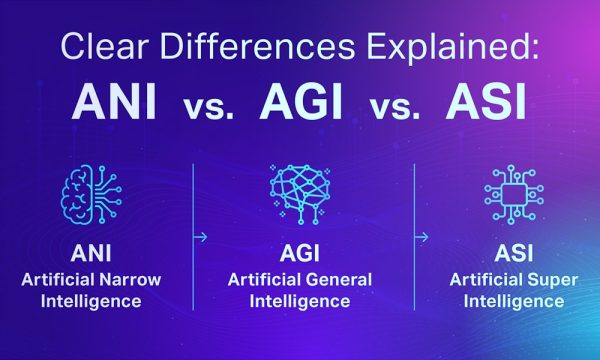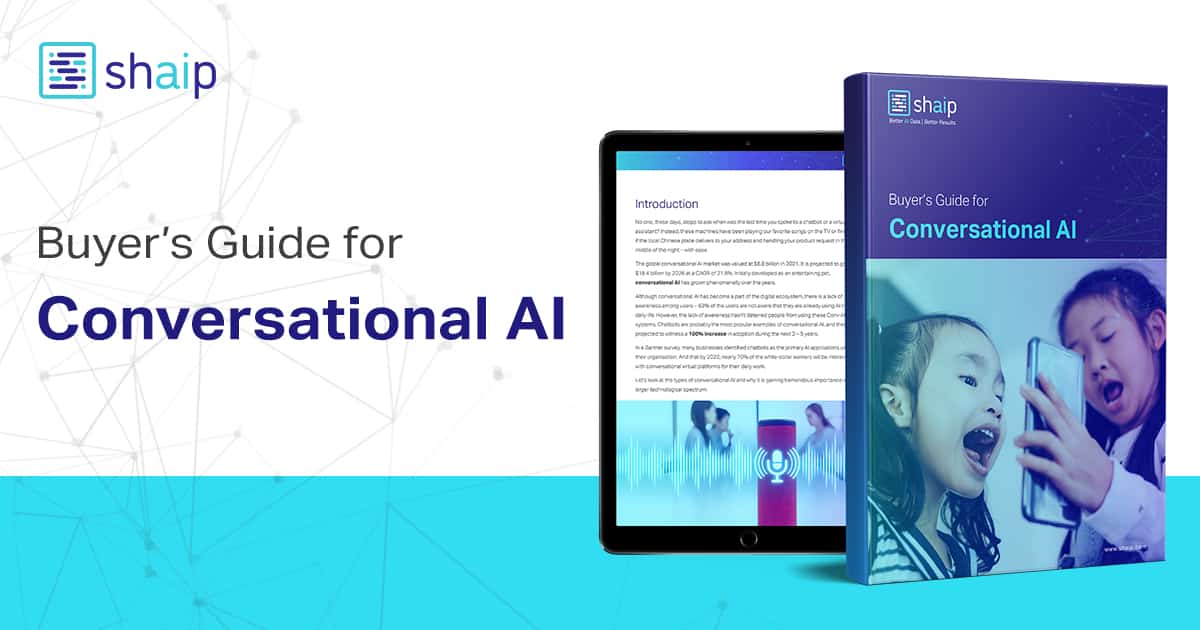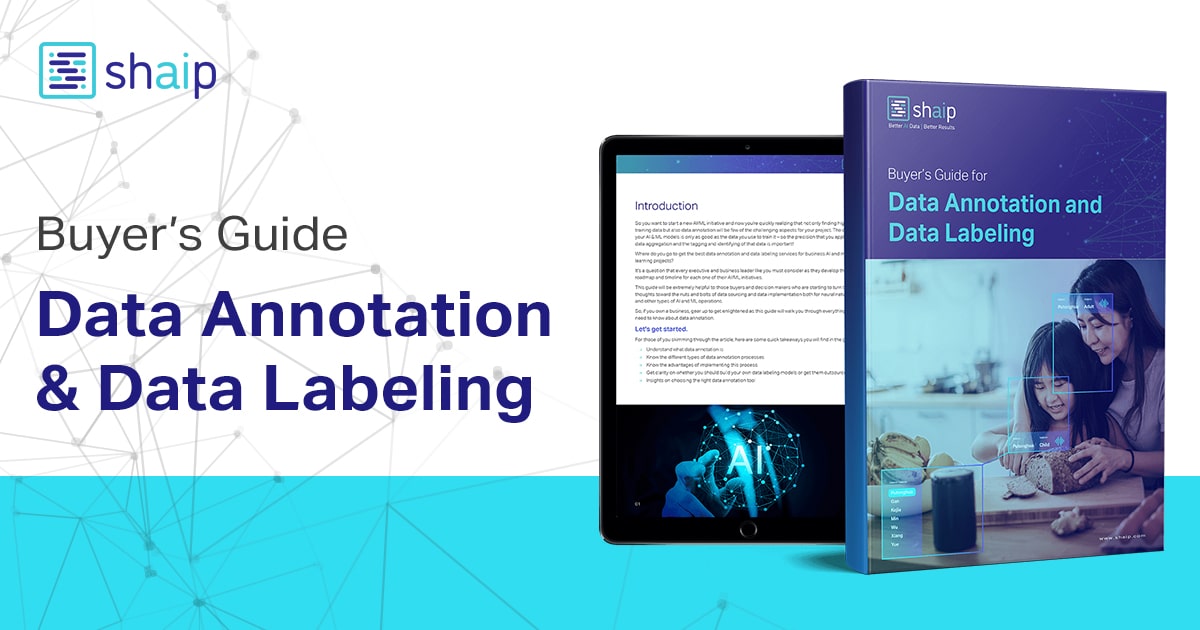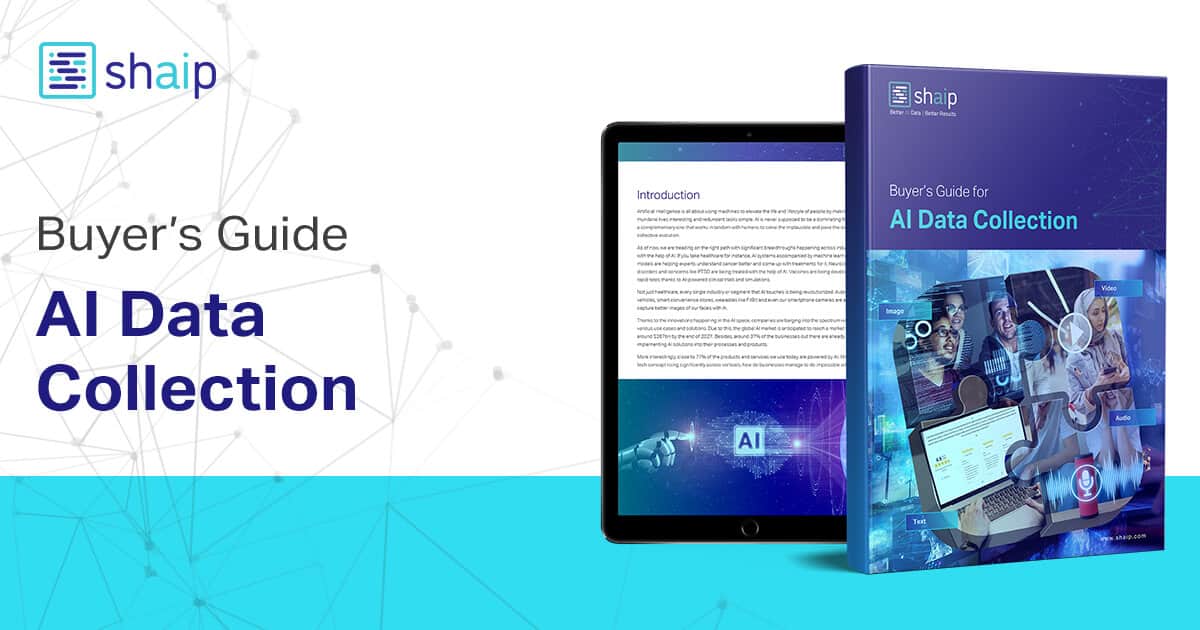If you’ve ever wondered whether ChatGPT is truly intelligent or when we’ll see a machine that can think like a human — welcome to the world of Artificial General Intelligence (AGI). But AGI isn’t just another buzzword. It’s the holy grail of AI research, promising machines that don’t just do what they’re trained to — they reason, adapt, and understand like humans.
Before we leap into the future, let’s understand how AGI compares to other types of AI: Narrow AI (ANI) and Superintelligent AI (ASI).
Defining the Three Types of AI
Let’s use an analogy: imagine AI as chefs in a kitchen.
Artificial Narrow Intelligence (ANI)
The line cook. Excellent at one dish, but clueless outside their recipe. Most AI today—like Alexa, spam filters, and Netflix recommendations—fall here. They’re task-specific, with no ability to learn beyond what they were trained for.
Example: Google Translate can translate languages, but it can’t summarize a novel or drive a car.
Artificial General Intelligence (AGI)
The Michelin-starred chef. Can create, improvise, adapt to new cuisines—just like a human would. AGI is still theoretical, but the idea is that it could learn any intellectual task a person can. It wouldn’t just analyze data, but understand context, emotion, and ambiguity.
Think: A single system that can learn chess, diagnose illness, write novels, and solve engineering problems — without retraining.
Artificial Super Intelligence (ASI)
A super-intelligent alien chef. Beyond human reasoning, creativity, or empathy. ASI exists only in science fiction today but sparks debates about existential risk and AI governance.
AGI vs AI: Key Differences at a Glance
| Feature | Narrow AI (ANI) | General AI (AGI) | Superintelligent AI (ASI) |
|---|---|---|---|
| Scope | Task-specific | Broad, human-level cognition | Beyond human capability |
| Learning ability | Pre-programmed, limited learning | Learns and adapts like humans | Self-improving, exponential growth |
| Common Examples | Siri, Google Maps, Chatbots | Still theoretical (e.g. DeepMind Gato) | None yet (hypothetical) |
| Autonomy | Low to medium | High | Unknown |
| Business use today? | Actively used | Not yet available | Not applicable |
AGI Governance: Safety, Ethics & Explainability
As we inch closer to the possibility of Artificial General Intelligence, the conversation around governance becomes unavoidable. Unlike narrow AI (ANI), which performs specific tasks under tight control, AGI could make autonomous decisions across domains—posing unprecedented risks. From algorithmic bias to existential threats, the stakes are far higher.
Ethical concerns start with value alignment: How do we ensure AGI systems understand and uphold human values when even humans struggle to agree on them? Misaligned AGI could inadvertently cause harm by optimizing for unintended objectives—a problem known as the alignment problem.
To mitigate this, top AI labs are adopting pre-release safety protocols such as red-teaming, simulation testing, and third-party audits. Researchers at organizations like OpenAI and DeepMind advocate for AI interpretability and explainability (XAI)—techniques that allow humans to understand why a model makes certain decisions. This is crucial in high-stakes domains like finance, healthcare, and law enforcement.
Moreover, governments and international coalitions are starting to respond. The European Union’s AI Act, and the U.S. Executive Order on Safe, Secure, and Trustworthy AI (2023), push for transparency, accountability, and risk classification in AI systems. While these policies mostly apply to ANI today, they are laying the groundwork for AGI regulation.
Societal Impacts: Work, Privacy, Equity
Beyond the labs and models, the real test of AGI lies in its societal impact. While ANI systems have already disrupted industries—from logistics to marketing—AGI could usher in a more profound transformation, affecting everything from job markets to global security.
One major concern is workforce displacement. While AGI promises greater efficiency, it could automate tasks across knowledge-based professions such as law, education, and even software development. Some argue this will free humans to focus on creativity and strategy; others warn of large-scale unemployment and a widening inequality gap.
Privacy and surveillance risks are also escalating. A general intelligence system trained on massive datasets might inadvertently retain or infer personal data, raising serious concerns around consent, security, and data governance. If not properly regulated, AGI could deepen existing surveillance structures, particularly in authoritarian regimes.
On a more hopeful note, AGI could help solve complex global problems—from climate change modeling to drug discovery. But these benefits depend heavily on who controls the technology, how it is deployed, and whether it is accessible across borders and demographics.
This is why inclusive design and equitable access matter. Without diverse datasets and culturally aware training processes, AGI might reinforce systemic biases—something Shaip actively addresses through its multilingual and demographically diverse data sourcing models.
Where Are We Now?
Despite AI breakthroughs like GPT‑4 and Google’s Gemini, AGI remains a goalpost, not a reality.
Some systems show “sparks” of AGI, like:
- DeepMind’s Gato: A single model trained on diverse tasks (games, image captioning, robotics).
- GPT‑4: Demonstrates reasoning across domains, but still struggles with consistency, memory, and self-awareness.
“We don’t have AGI yet, but we’re closer than ever,” says Microsoft researchers in a technical paper on GPT-4 while Ray Kurzweil predicts AGI by 2029.
Why This Matters to Businesses
Let’s clear the air: you don’t need AGI to build great products today.
As Andrew Ng says, “AGI is exciting, but there’s tons of value in current AI we’re not fully using yet.”
Human Analogy: Brain, Learner, Storyteller
To simplify the AI landscape:
AI is the brain.
Machine Learning is how the brain learns.
LLMs are the vocabulary.
Generative AI is the storyteller.
AGI is the entire human being.
It doesn’t just learn a new skill — it applies it anywhere, like you and me.
Final Thoughts
AGI may someday revolutionize the world, but today’s businesses don’t have to wait. Understanding the spectrum from ANI to AGI empowers better decisions—whether you’re deploying a chatbot or training a medical AI.
Want to build AI that actually delivers ROI? Start with Shaip’s AI data services.
Is ChatGPT an AGI?
No. While powerful, ChatGPT is a large language model (LLM), not a true AGI. It lacks self-awareness, memory retention, and human-level reasoning across domains.
When will AGI be developed?
Estimates vary—from the late 2020s to 2050s. While tech giants and research labs are investing heavily, no AGI currently exists.
How is AGI different from ASI?
AGI = human-level intelligence.
ASI = superior to humans in every way. ASI is theoretical and raises major ethical questions.
What is an example of AGI today?
There are no real AGI systems yet. Some models, like DeepMind’s Gato or GPT‑4, show multi-tasking ability, but fall short of human adaptability.
Does Shaip build AGI systems?
Shaip doesn’t build AGI but supports AI innovation through domain-specific data annotation, LLM fine-tuning, and compliance-first AI development.









